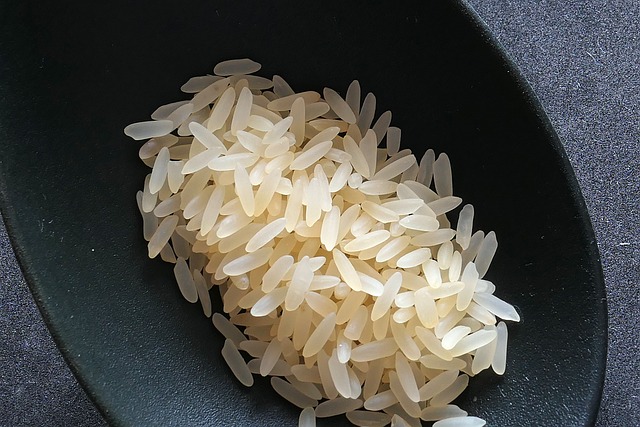Over the past few years, with the increasing awareness of gluten intolerance and celiac disease, the demand for gluten-free substitutes has risen. Among these alternatives, rice stands out as a naturally gluten-free grain, making it a popular choice for individuals following gluten-free diets.
Is Rice Gluten-Free?
Yes, rice, in its pure form, is gluten-free. Gluten is a protein found in wheat, barley, and rye, which is absent in rice grains. This trait makes rice a safe option for those with gluten sensitivity or celiac disease. However, it’s essential to distinguish between different rice varieties and their processing methods to ensure complete gluten avoidance.
Types of Gluten-Free Rice
- White Rice: White rice undergoes milling, which removes the bran and germ layers, resulting in a refined product. Even this type of rice remains gluten-free as long as no cross-contamination occurs during processing.
- Brown Rice: Unlike white rice, brown rice retains its bran and germ layers, offering more fiber and nutrients. Similarly, brown rice is inherently gluten-free, provided it hasn’t been cross-contaminated during processing.
- Wild Rice: Despite its name, wild rice is not true rice but a type of grass seed. However, like conventional rice varieties, wild rice is naturally gluten-free and suitable for gluten-free diets.
Gluten-Free Rice Consumption
Hence, rice itself is gluten-free, and precautions must be taken to maintain its gluten-free status throughout production, processing, and consumption. However, cross-contamination usually occurs during processing or packaging, where rice products might come into contact with gluten-containing grains or surfaces. Here are some essential tips to ensure gluten-free rice consumption:
- Choose Reliable Brands: Always opt for reputable brands known for their commitment to gluten-free manufacturing practices.
- Check Labels: While purchasing rice products, always read labels carefully to ensure they are certified gluten-free and free from cross-contamination risks.
- Avoid Bulk Bins: Bulk rice at stores can be contaminated if shoppers use scoops in the wrong bin. For example, a flour scoop in rice could add gluten. So it’s advisable to avoid purchasing rice from such sources if you have gluten sensitivity.
Cook with Caution: When preparing rice dishes, use separate utensils, cookware, and cutting boards to prevent cross-contact with gluten-containing ingredients. Prior to cooking, ensure rice is thoroughly rinsed. Additionally, note that in Japan, the sale of day-old rice is prohibited due to its rapid mold growth, even when refrigerated. Moreover, it’s advised not to consume leftover rice.
How to Add Rice to High-Protein Meals
Rice serves as an excellent base for creating high-protein meals, especially when paired with protein-rich ingredients. Try tempting Grilled Chicken and Rice Bowl for a satisfying, protein-packed meal.
Final Verdict
Rice is a versatile and naturally gluten-free grain that serves as a valuable addition to gluten-free diets. Therefore, opting for appropriate precautions can ensure safe and enjoyable rice consumption for those susceptible to gluten intolerance or celiac disease. Rest assured that rice, whether it’s white, brown, jasmine, or basmati, is completely gluten-free. rice doesn’t contain any gluten proteins, making it a safe and healthy option for those who are susceptible to gluten intolerance. By making mindful choices and selecting certified gluten-free products, individuals can relish the nutritional benefits of rice without compromising their dietary restrictions.
If you like this one make sure to read this one https://thelymeboss.com/lyme-disease-vs-lymes-disease-clearing-up-the-confusion-once-and-for-all/

